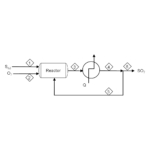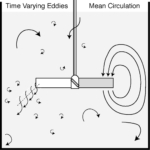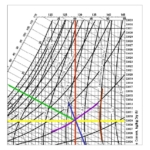Chemical Engineering Course Materials

Material Balance Method 1 – using degrees of freedom and standard notation
This is the introductory lecture for my material balances course. There are a number of details that are carefully designed to follow best practices in industry and streamline the problem solving methods.

Material Balance Method 2 – component flows for an absorber–stripper pair
The concept of component flows is a key development in the course. This example moves the students from thinking about mass fractions and stream flows to component flows.

Material Balance Method 3 – setting up degrees of freedom analysis and basic assumptions for multiple process units
There are a number of key points that are intuitive for many, but completely mysterious for many others. This lecture makes the implicit explicit, setting the groundwork for multiple unit processes.

Mixing Course Outline (Jan 2017)
Mixing in the Process Industries
Contact me directly for further information.

Problem Solving Strategies
A handout for students based on Don Woods’ groundbreaking work and the text by Fogler and LeBlanc.

Psychrometric Charts
Psychrometric charts are very dense in information and can be more easily taught using color. Animated example problems illustrate paths and calculations.
Now published in Education for Chemical Engineers vol. 22, Jan. 2018, Pages 14–19, with slides.



